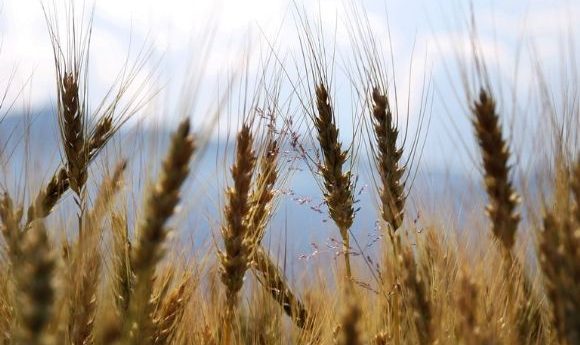Understanding the growth–defense trade-off in plants

Researchers have uncovered the role of the growth-related transcription factor, HBI1, in the growth–defense trade-off seen in plants
As plants are unable to escape from stressful conditions, they must adapt to the external environment and activate defense systems in order to survive. In most plants, the activation of defense systems results in the suspension of growth – this is commonly known as the growth-defense trade-off.
Until now, this trade-off was thought to be controlled by resource restriction, where energy for growth is redirected towards activating defense mechanisms in the presence of stressful stimuli. However, a recent study published in Cell Reports has shown there is more to it than that.
Through a series of molecular and genetic studies, researchers from RWTH Aachen University (Aachen, Germany) have demonstrated that the mechanism behind the trade-off in plants has seemingly nothing to do with resources and is instead a consequence of the incompatibility of the molecular pathways that regulate growth and defense.
The paper details the role of the growth-related transcription factor HBI1, which controls both processes. HBI1 regulates reactive oxidative species (ROS) homeostasis by differentially controlling the expression of NADPH oxidases (NOX) and peroxidases (POX) within the apoplast of the plant – the space between the cell wall.
- Discovery of vital plant gene boosts hope for improved crops
- Parasitic plants stealing host genes to use against them
- The not so a-maize-ing effects of corn
During growth, cell walls must loosen in order to provide the space for cells to expand into. HBI1 achieves this by configuring ROS levels to allow for loose cell walls through activation of the NOX gene RbohC and repression of the activity of certain POX genes.
In contrast, in order to defend themselves against pathogens, plants must make their cell walls rigid to limit a pathogens’ ability to penetrate the cells. In this case, HBI1 is deactivated which results in the activation of the NOX gene RbohA and several POX genes that work to increase ROS levels and harden cell walls. This defends the plant against pathogens but prevents them from being able to grow.
The results from the study found the explanation of one pathway in plants. However, the research group is determined to continue investigating different pathways within plant seeds.
“Peroxidases and oxidases have similar effects within plants and animals. This indicates that their functional conservation predates that of hormones, as hormone signaling pathways evolved specific pathways in plants and humans,” explained project supervisor Jos Schippers. “We aim to fully untangle these pathways at the cellular level – so that one day, we can reveal their regulation and function during the development of plants.”
The growth-defense trade-off has a significant impact on the agriculture industry since both processes are vital for increased plant fitness and thus has an influence on crop yields. A better understanding of this process could allow researchers to develop breeding strategies to optimize/maximize crop yield and meet the rising global food and biofuel demands.
“With our current findings, we are starting to understand one of the mechanisms behind the growth-defense trade-off,” Schippers stated. “This understanding is crucial if we want to improve plant biomass production without risking impairment of their ability to defend against pathogens”.